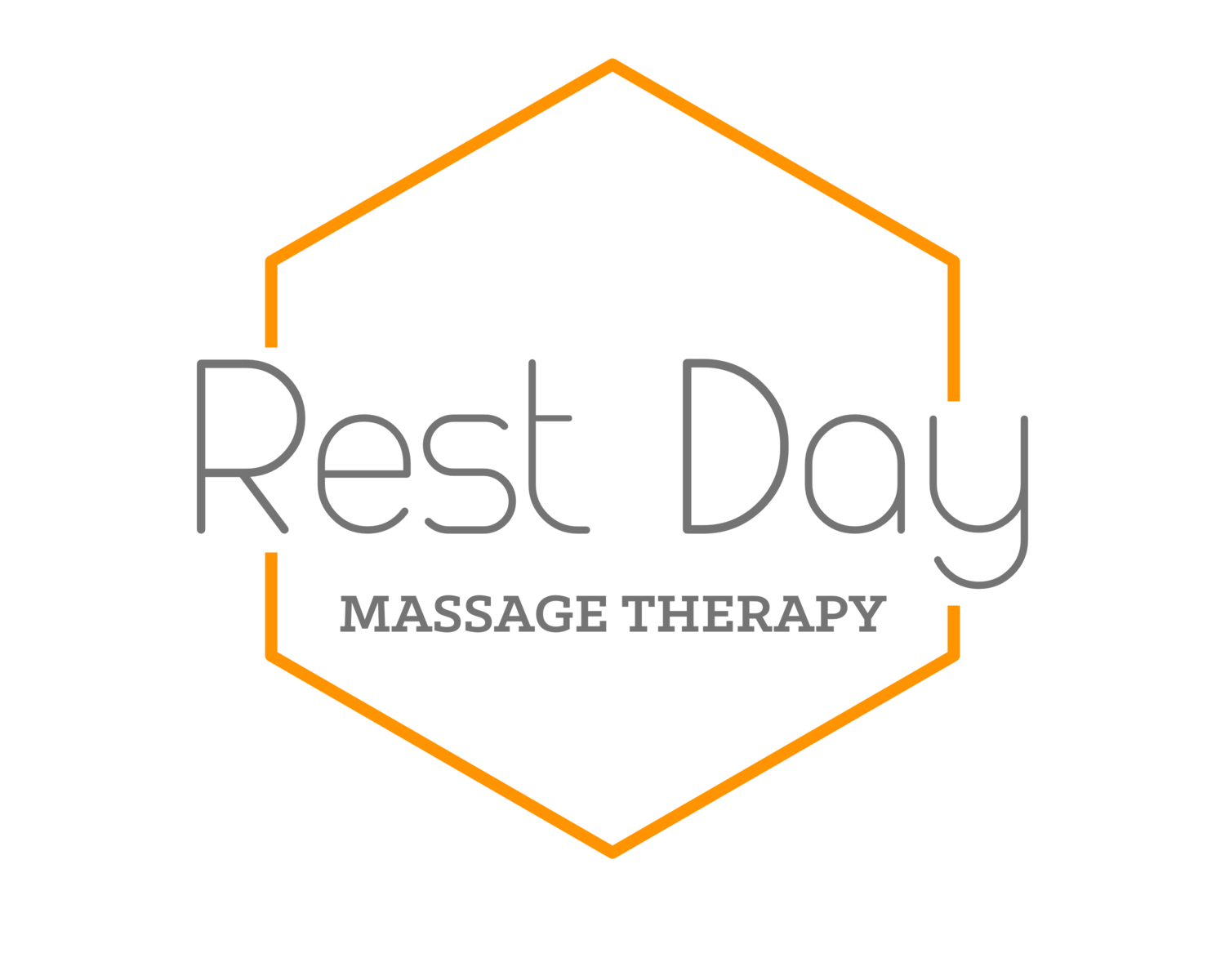Know Your Triggers: The Truth About Massage For Migraines
I recently took a course called “Helping Clients Manage Migraines.” It was very informative on migraines themselves and all the different types. Unfortunately, my biggest takeaway is that just like migraines themselves, a migraine sufferer’s reaction to a massage can vary greatly.
I’ve seen lots of massage studios in- and outside of Fargo, North Dakota, advertise that massage can help with migraines—myself included! I just sent out a list of conditions that massage can help with in my latest newsletter. I’m realizing that’s a very unfair statement to say because most places don’t tell you how or why.
What I learned in the course is that massage is best used to help prevent your migraine triggers from happening.
Below is a list of common migraine triggers. I’m going to explain how massage can help you avoid certain triggers.
In some cases, I’m going to explain how massage can make your migraines WORSE. It’s EXTREMELY important to communicate triggers to your massage therapist to avoid adverse reactions.
I’m not here to tell you that massage is some magical cure—because it isn’t. I hope to provide you with some insight to make an informed decision. Here is what you need to know!
1. Stress
Massage is well known for reducing stress. According to the American Migraine Foundation, stress is a trigger for almost 70% of people with migraines. Massage can also help reduce anxiety and depression—both of which can contribute to stress.
2. Tension
Massage can loosen muscles, release knots, break up scar tissue, and add mobility to joints, which can lead to less tension overall.
3. Medication Usage
Massage lessens your perceived pain, so many clients are able to take fewer pain medications overall. *Please consult with your doctor before adjusting any medications!*
4. Scents
Many massage therapists diffuse essential oils during massages—me included. If certain scents trigger migraines, be sure to give your massage therapist a heads up!
5. Temperature
Some massage therapists will utilize hydrotherapy in the form of hot stones, hot towels, cold stones, or ice massage. If heat or cold trigger your migraines, speak up. In the same breath, if either of those HELP your migraine symptoms, let your massage therapist know so she can incorporate them into the session!
6. Hormones
Massage increases circulation, boosts serotonin and dopamine productions, and decreases cortisol, epinephrine, and norepinephrine. While all of these are typically great side effects, if your migraines are triggered by changes in hormone levels, these effects could trigger a migraine.
7. Dehydration
Massage contracts your muscles and increases the movement of lymph and other bodily fluids in the body. Because of this, the act of massage can actually result in water loss. This can leave the client feeling dehydrated. If dehydration is a trigger for you, be sure to drink lots of water before and after the massage!
8. Strenuous Activity
If strenuous activity triggers migraines for you, I would recommend avoiding deep tissue and other more “aggressive” massage modalities. Swedish massage works on superficial muscle layers, so you still can get the relaxation benefits without the intense pressure.
Unfortunately, massage is not a cure for migraines. For most, it’s just another tool that can be utilized to reduce symptoms or lessen occurrences.
I recommend talking with your doctor before starting regular massage treatments.

